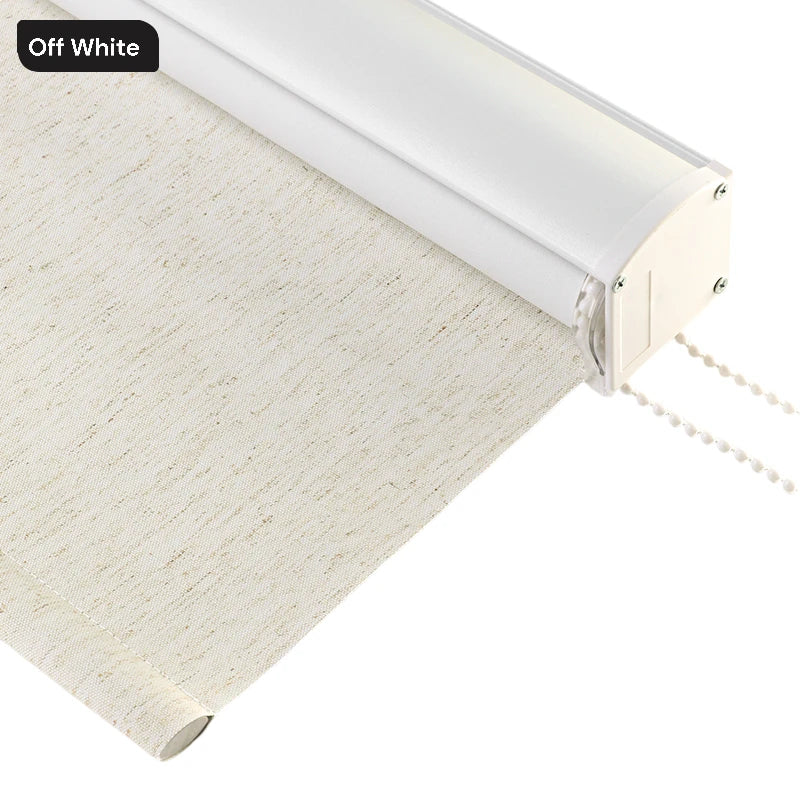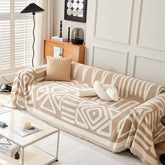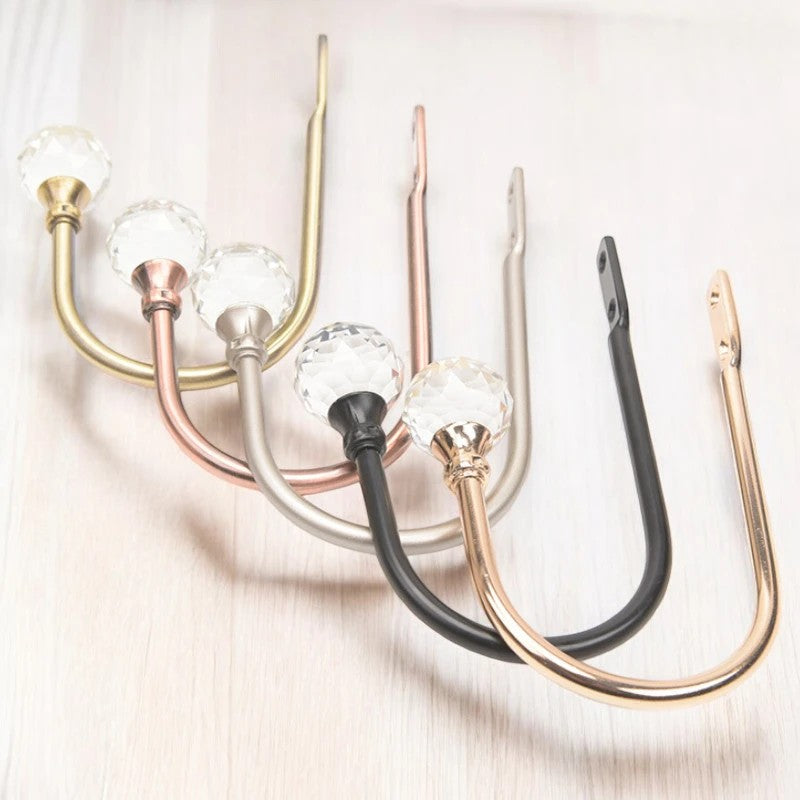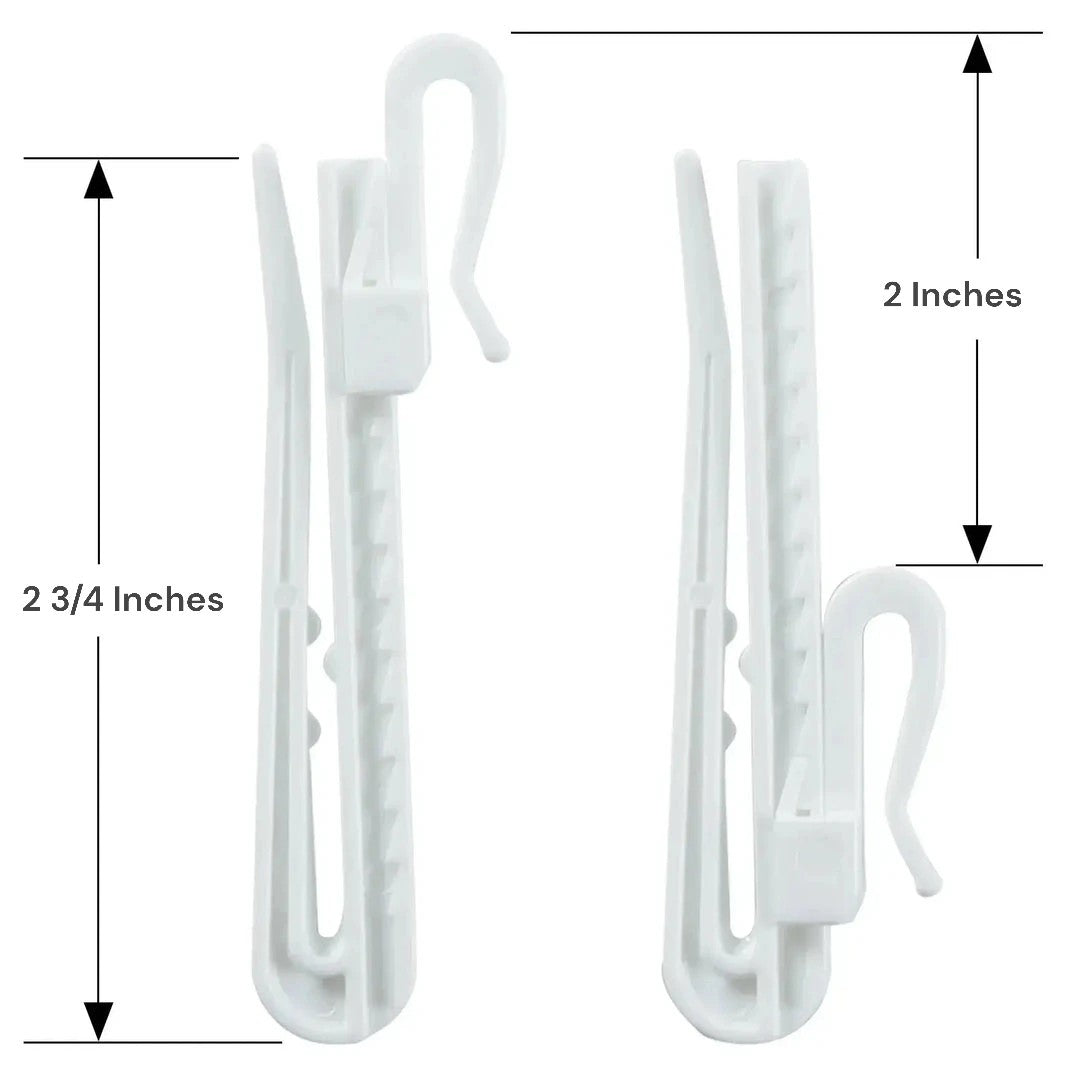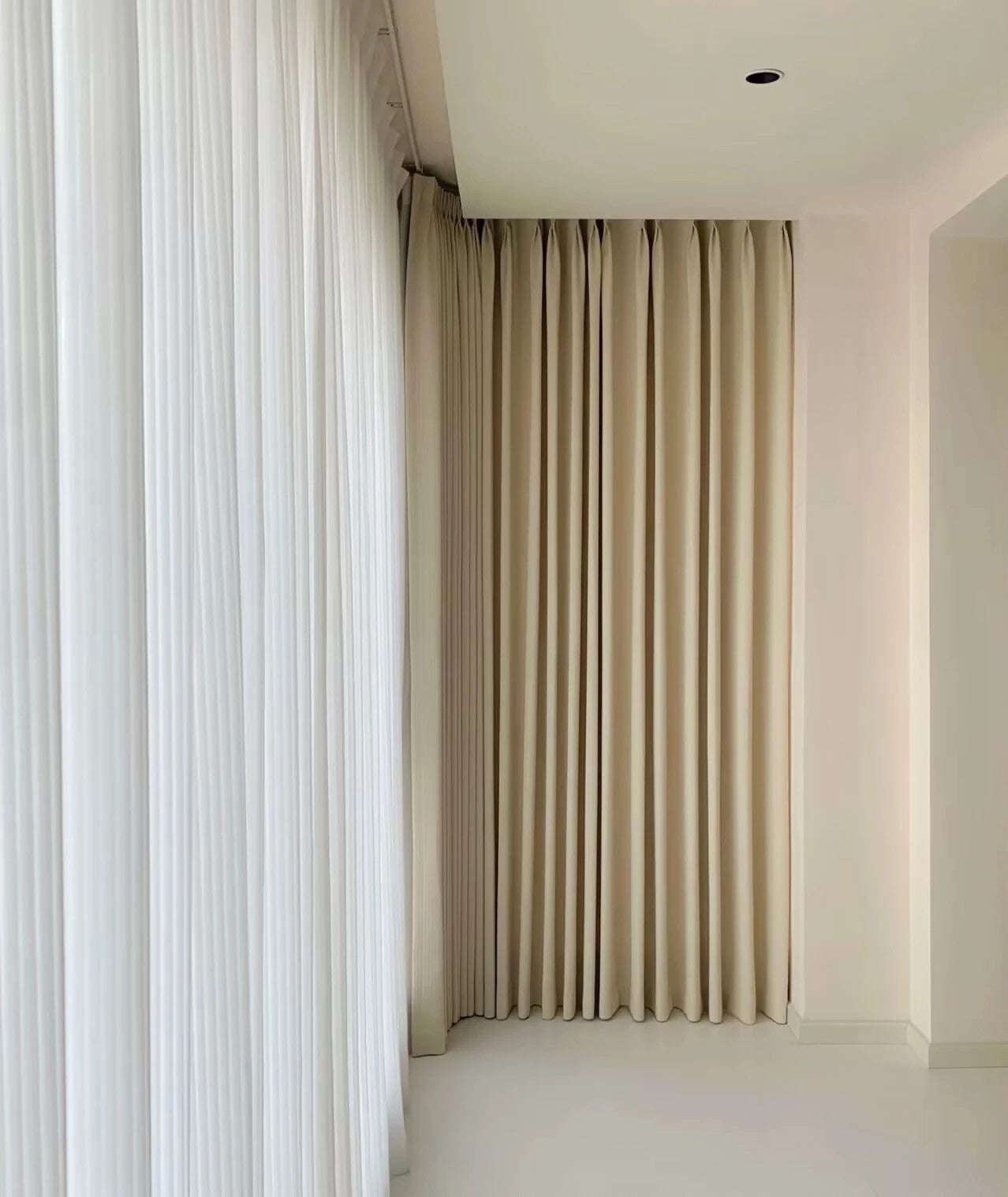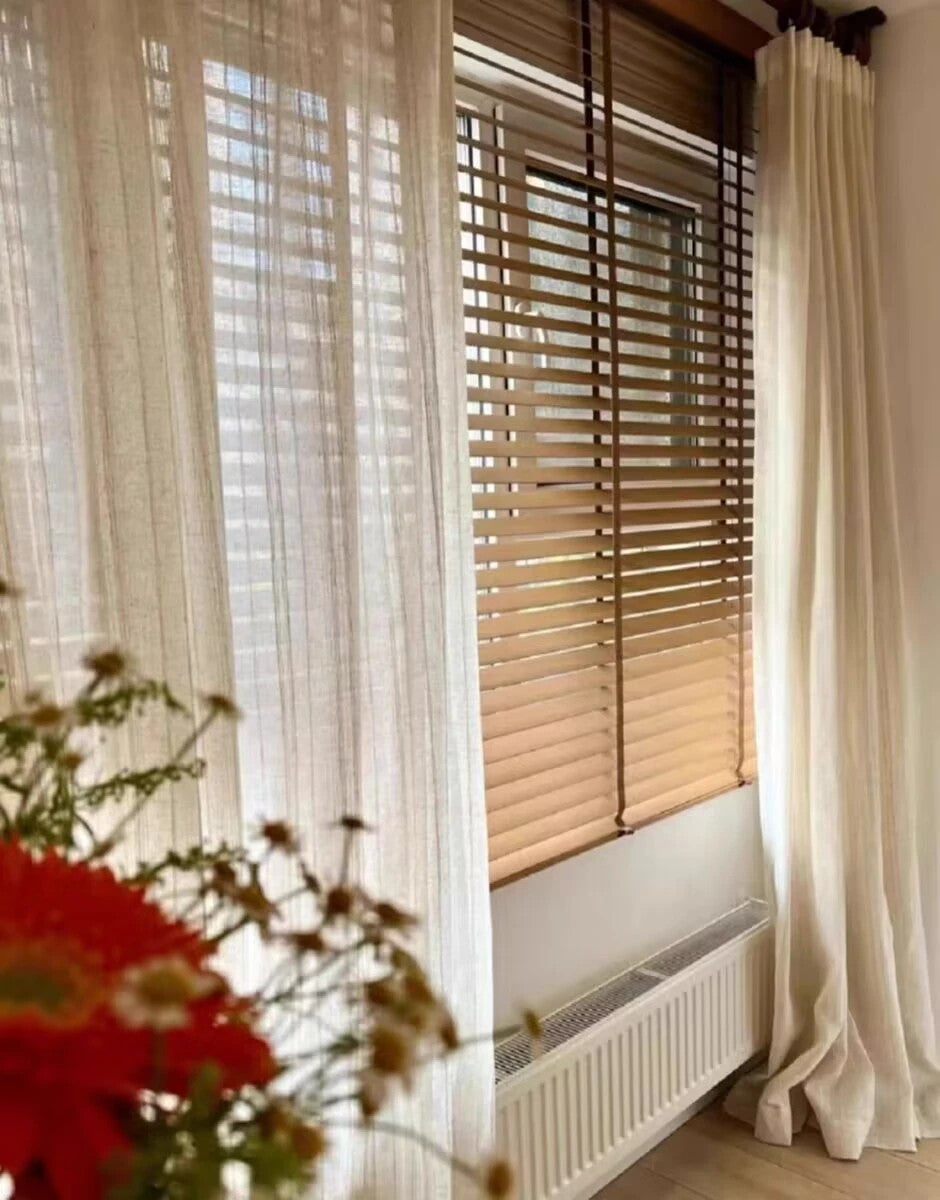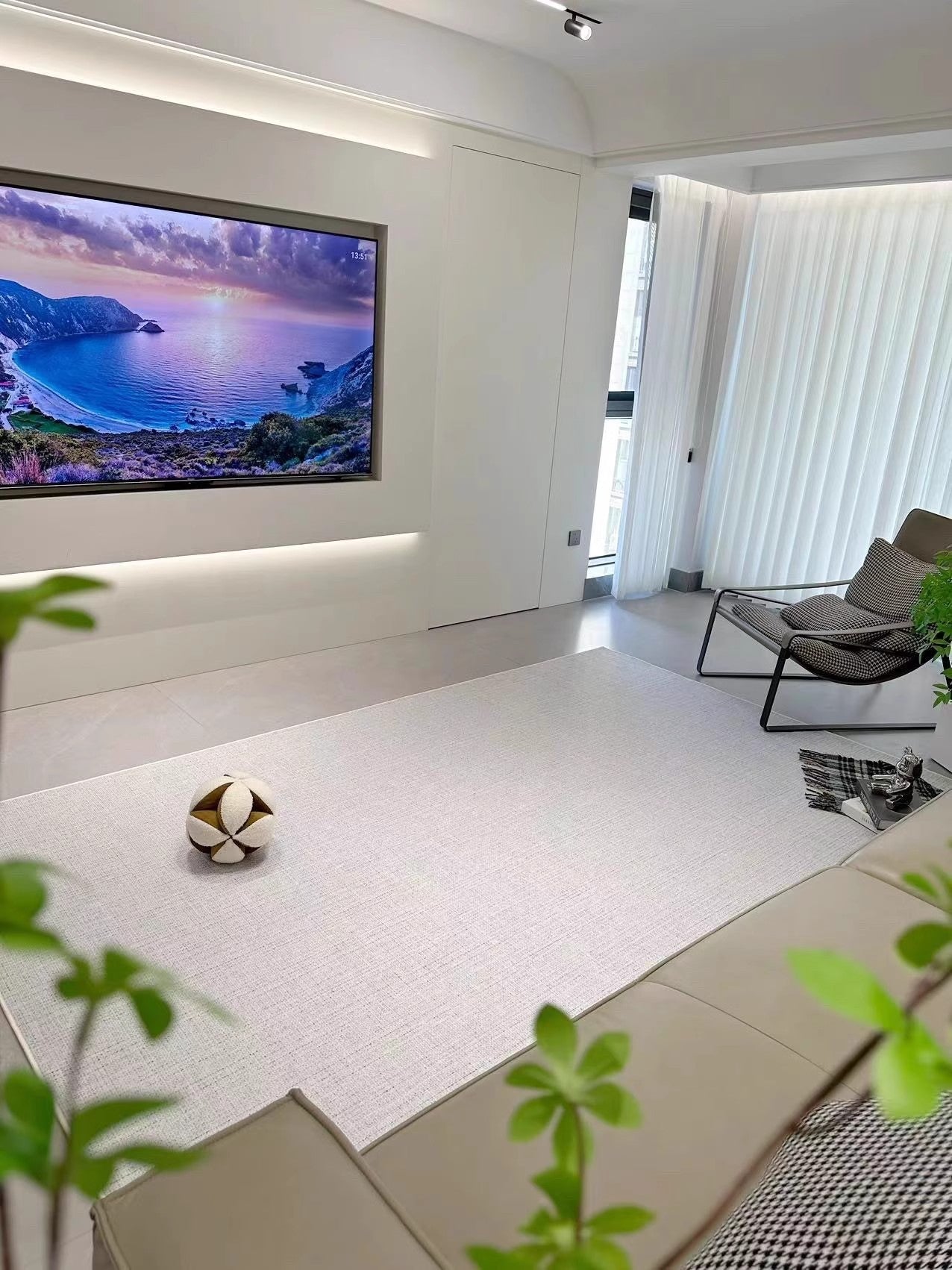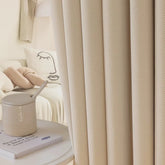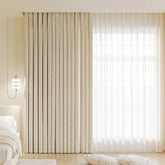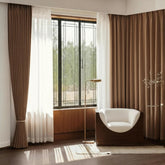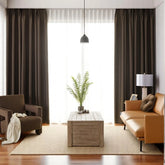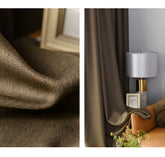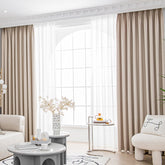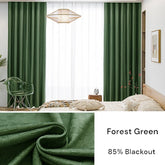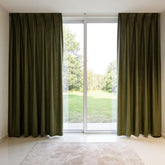Blackout Curtains vs Window Film: What's the Best Choice?
When it comes to finding the best way to block out light and ensure privacy in your home, there are two popular options: blackout curtains and window film. While both options can effectively block light and offer privacy, they have distinct differences that may influence your decision. In this article, we will explore the pros and cons of each option to help you determine which is the better choice for your needs.
Blackout curtains are made with thick and heavy materials that not only block out light but also reduce noise and insulate your home. They are available in a variety of colors and patterns and can also enhance the decor of a room. On the other hand, window film is a thin and transparent material that can control the light and provide privacy while maintaining a sleek and modern appearance.
So, which option is the best for you? Let's take a closer look at the pros and cons of blackout curtains vs window film.
Key Takeaways:
- Blackout curtains and window film are both effective options for blocking light and ensuring privacy in your home.
- Blackout curtains are made with thick and heavy materials that can also reduce noise and insulate your home.
- Window film is a thin and transparent material that can control light and provide privacy while maintaining a sleek appearance.
Pros of Blackout Curtains
When it comes to window treatments, blackout curtains offer a range of benefits.
Firstly, the main benefit of blackout curtains is their ability to block out light. Unlike regular curtains, blackout curtains are specially designed with thick, opaque material that prevents light from shining through. This is especially useful for those who work night shifts and need to sleep during the day, or those who live in areas with streetlights or other sources of outdoor light pollution that can disrupt sleep. By blocking out light, blackout curtains can create a darker and more peaceful environment for sleep, relaxation, or movie-watching.
Blackout curtains also offer privacy and noise reduction. Since they are thicker and denser than regular curtains, they can muffle outside noises and prevent passersby from peeking inside your home. This makes them an ideal option for anyone living on a busy street, or for those who want to keep their indoor activities private.
Additionally, blackout curtains come in a wide range of colors and styles. From classic neutrals to bold prints, blackout curtains can complement any home decor and add a stylish touch to your windows. They also come in various lengths and widths to fit any window size, and can be easily installed with a curtain rod or hooks. This makes them a versatile and convenient option for any homeowner looking to upgrade their window treatments.
Overall, the benefits of blackout curtains make them a popular choice for those looking for a light-blocking and privacy solution that is both stylish and functional.
Pros of Blackout Curtains Summary:
| Benefits of Blackout Curtains | Differences between Blackout Curtains and Window Film | Window Treatment Options |
|---|---|---|
| Blocks out light | Thicker and more opaque than window film | Available in a wide range of colors and styles |
| Offers privacy and noise reduction | No adhesive required | Comes in various lengths and widths |
| Easily installed | Require professional installation assistance | Easily installed with a curtain rod or hooks |
Cons of Blackout Curtains
While blackout curtains offer many benefits, they may not be suitable for everyone.
One of the main disadvantages of blackout curtains is that they can be quite heavy and bulky, making it challenging to move them around or install them. Additionally, they can be challenging to clean and maintain, especially if you have pets or children. Dust and debris tend to accumulate on the curtains over time, making them less effective at blocking light and reducing privacy.
Another downside of blackout curtains is that they do not provide any insulation or energy efficiency benefits. Unlike some other window treatments, such as cellular shades or window film, blackout curtains do not help regulate the temperature in your home, which can lead to higher energy bills. This is especially true if you live in a region with extreme temperatures.
If you're looking for alternatives to blackout curtains, there are several window treatments worth considering. For example, cellular shades can offer light-blocking benefits while also providing insulation and energy efficiency. Roller shades and vertical blinds are also popular window treatments that can provide privacy while allowing some natural light to filter in.
Keep in mind that the ideal window treatment will depend on your specific needs and preferences. It's always a good idea to weigh the pros and cons of each option and consider factors such as cost, energy efficiency, and ease of maintenance before making a final decision.
Pros of Window Film
Window film is a popular alternative to blackout curtains because of its ability to provide privacy, control light, and offer a sleek and modern aesthetic. Here are some of the advantages of window film:
- Privacy: Window film is a great option for those who live in urban areas or have close neighbors. Privacy window film can be installed to block the view from outside while still allowing natural light to enter the room.
- Light control: Window film can be chosen in a variety of shades and colors to control the amount of light entering the room. This is especially useful for rooms that receive a lot of sunlight and can benefit from heat reduction.
- Aesthetic: Unlike curtains that can look bulky and outdated, window film offers a sleek and modern look that can complement any interior design style.
Additionally, window film is an excellent option for those who live in hot climates. Energy-efficient window films can help block out harmful UV rays and reduce the amount of heat that enters the room, which can lead to significant savings on energy bills.
It is important to note that window film is different from blackout curtains in terms of function and installation. While blackout curtains offer complete darkness, window film can reduce light but not eliminate it completely. Moreover, window film can be more difficult to install compared to curtains, requiring a professional to ensure proper placement and minimize air bubbles.
Overall, window film is an excellent option for those looking for a modern and energy-efficient window solution with privacy and light control features.
Cons of Window Film
While window film has its advantages, it's important to consider its drawbacks before making a decision. One of the main drawbacks of window film is that it can be difficult to install, especially without the proper tools or experience. This can result in air bubbles or wrinkles that can compromise its effectiveness.
Additionally, window film is not as effective in blocking out light as blackout curtains. While some types of window film can reduce glare and heat from the sun, they may not provide complete privacy or light-blocking capabilities.
Another consideration is that window film can be less energy-efficient than other window solutions. While some types of window film can reduce heat gain in the summer and heat loss in the winter, they may not be as effective as newer, energy-efficient windows or other insulation options.
Overall, while window film can be a cost-effective and modern alternative to traditional curtains, it may not be the ideal solution for everyone. It's important to weigh the pros and cons and assess your specific needs and preferences before making a decision.
Conclusion
After comparing blackout curtains and window film, it's essential to consider your specific needs and priorities. If you're looking for cost-effective blackout solutions, blackout curtains offer a budget-friendly option that can also improve insulation and reduce energy costs. For those seeking energy-efficient window coverings, window film can help block UV rays and regulate indoor temperatures, potentially lowering your energy bills. There are also other light-blocking options for windows, including cellular shades, roller shades, and blinds. Each option offers its own benefits and drawbacks, so be sure to explore all possibilities to determine the best fit for your home. At the end of the day, the decision comes down to personal preference, budget, and intended function. Whether you opt for blackout curtains, window film, or another window treatment, make sure to consider all factors to create a space that's comfortable, energy-efficient, and suited to your needs.
FAQ
Q: What are the differences between blackout curtains and window film?
A: Blackout curtains are made of a thick, light-blocking fabric that is hung over windows to prevent light from entering a room. Window film, on the other hand, is a thin adhesive film that is applied directly to the windowpane to control light and provide privacy.
Q: What are the benefits of blackout curtains?
A: Blackout curtains offer several advantages, including blocking out light, providing privacy, reducing noise, and even helping to insulate a room to regulate temperature.
Q: What are the drawbacks of blackout curtains?
A: Some disadvantages of blackout curtains include their weight and volume, as they can be heavy and take up space when open. Additionally, blackout curtains may not offer as sleek of a look as window film or other window treatment alternatives.
Q: What are the advantages of window film?
A: Window film provides privacy while allowing natural light to enter a room. It also offers a modern and streamlined aesthetic, as it is applied directly to the windowpane and does not require additional hardware like curtains.
Q: What are the drawbacks of window film?
A: Window film may not provide as effective light-blocking as blackout curtains. Additionally, it may require professional installation and can be more difficult to remove or replace compared to curtains.
Q: What are some cost-effective blackout solutions?
A: In addition to blackout curtains and window film, other cost-effective blackout solutions include using blackout shades or blinds, installing window inserts or panels, or using light-blocking curtains or blinds in conjunction with sheer curtains.



